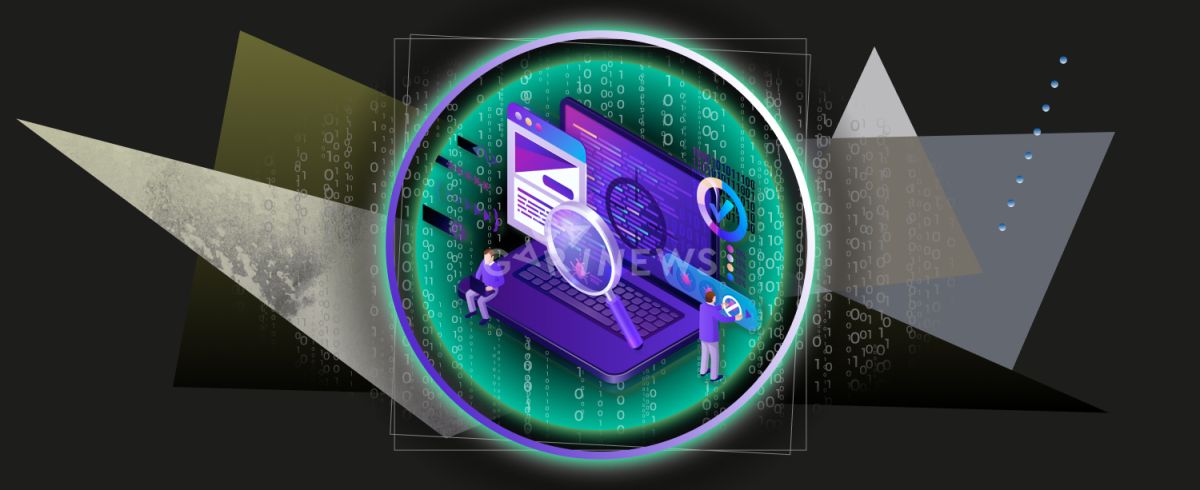Testnest: how to make money and where to find them

Testnet is a test network where projects are tested and crash-tested before their launch on the Mainnet.
On this page
Testnet can be launched both for the whole blockchain (when users check the sustainability of transactions and smart contracts), and for a separate DeFi project, dApp, or other application (when users have the opportunity to check the sustainability of the platform in a test environment). Often development teams reward their users who have been proactively testing the features and especially if they found some bags or malfunctioning.
Who gives out the testnet rewards?
– Certain crypto networks have raised more than $50 during funding rounds. Part of the investment in tokenomics is allocated specifically to testnet users;
– DEXs and cross chain-protocols;
– NFT marketplaces.
You can learn about a testnet launch from the official webpage of the project, from its social media, or by opening the application itself. For example, the SUI project, which we covered a little earlier, did not publicly announce the testnet, but granted access to it through the wallet. Users can already conduct transactions and mint test NFTs, hoping to get the reward.
Testnet in the SUI wallet
Another lifehack to find testnets is Chainlist.org. Here you can add new testnets to your MetaMask wallet for further work. You can click the advisory slider at the top to show available testnets in the lists. If you type ‘testnet’ in a search, you will see all the available testnets. After that, it's simple enough: find information about the rewards and start being active.
Testnets on Chainlist.org
The main disadvantage of testnets, which are focused on checking the interface or the operation of the system, is that there is no guarantee that the reward will be worth the time spent. You have to remember – there is a huge number of participants who want to earn free tokens. Therefore, they create account farms to maximize their profit.
The second type of testnets is a technical testnet. To connect to such a testnet you need to install a node on your computer, and sometimes even rent a virtual server to install the software. The cost of such servers rarely exceeds $10 per month, which is not very expensive.
The largest aggregator of technical testnets is Nodes Guru. Here you can find guides for installing nodes and platform testing depending on the required capacity and complexity.
The content on The Coinomist is for informational purposes only and should not be interpreted as financial advice. While we strive to provide accurate and up-to-date information, we do not guarantee the accuracy, completeness, or reliability of any content. Neither we accept liability for any errors or omissions in the information provided or for any financial losses incurred as a result of relying on this information. Actions based on this content are at your own risk. Always do your own research and consult a professional. See our Terms, Privacy Policy, and Disclaimers for more details.




























